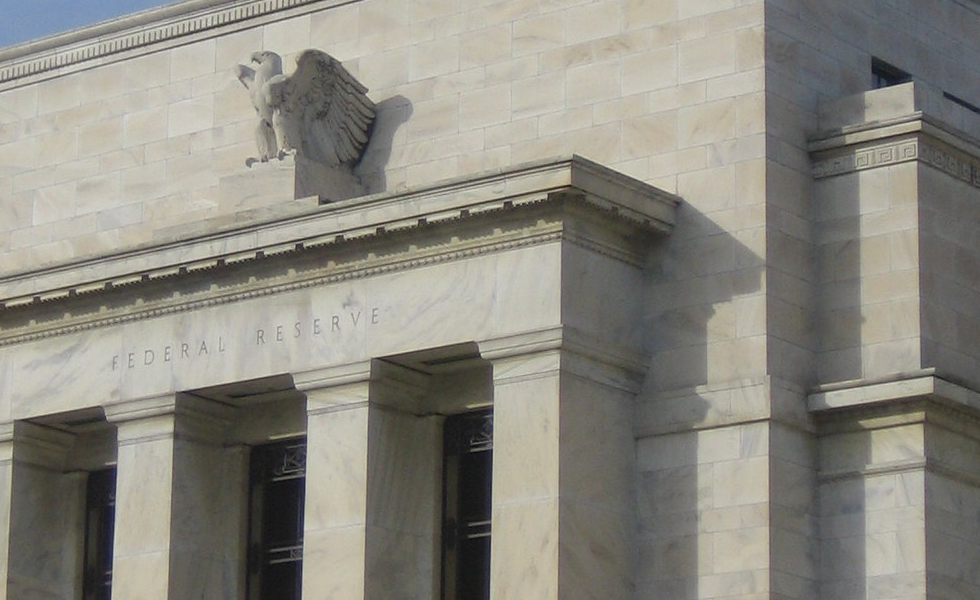La Française: Should the Fed reconsider its strategy to fight inflation
La Française: Should the Fed reconsider its strategy to fight inflation

Historically speaking, in order to break an inflationary spiral rooted in the economy, as is now beginning to take shape in the United States, it is necessary at the very least to provoke a sharp slowdown in the economy and, in most cases, a recession.
The inflationary crises of the 1970s and 1980s ended this way when former Federal Reserve (Fed) Chairman Paul Volker kept key rates high to break the upward spiral in prices, leading to a recession in 1982. This strategy was adopted following the recommendations of the American economist Milton Friedman, who also pointed out that inflation is – above all – a political phenomenon.
We are in a similar situation today; inflation in the US and across the globe is primarily the outcome of political decisions. The scale of the fiscal stimulus provided by the US government since the Covid crisis is almost unprecedented in modern history, with the post-war period undoubtedly the most comparable. Since 2020, the US budget deficit was -15.2% in 2020, -10.5% in 2021, -5.4% in 2022 and should be close to -6% this year (Source: Bloomberg), which is enormous!
The balance between fiscal policy and monetary policy will ultimately determine the future of inflation: As long as the US government continues to pursue an expansionary fiscal policy, the Fed will have no choice but to continue its restrictive monetary policy in order to prevent the economy from overheating and inflation from continuing.
At the end of September, US inflation stood at 3.7%, after having reached over 9% in June 2022, with many disparities between the various sectors of activity (Source: Bloomberg). The fall in raw material prices and negative base effects account for the vast majority of this decline, but they are not the only factor.
The end of the supply shock linked to the Covid crisis has also allowed inflation on goods to slow sharply, with the figure now close to 0 over the last 12 months. Here too, the fall in energy commodities helped to contain the rise in prices through second-order effects. It should also be noted that base effects will now have a positive impact on inflation, which should lead to a rise in energy and goods inflation.
The part of the economy that is still posing problems is the services sector, with price rises remaining high at 5.7% over the past year. This is due to the 'OER' (owner equivalent rent) component, whose variations lag behind those seen on the property market.
However, this is not the only explanation. While the services sector requires far less product processing than the goods sector and is therefore less dependent on fluctuations in the price of raw materials, it does, on the other hand, account for far more jobs. Wage inflation and inflation in the services sector are therefore intrinsically linked, as we have seen historically.
It is thus logical for the Fed to want to rebalance demand and supply on the labour market, a necessary condition on the journey to driving inflation back to close to 2%. But Fed policy does not have much impact on job supply, which is affected by migration policies, demographics and the preferences of each category of jobseeker. The Fed's only leverage is therefore to try and influence job demand, which is what it seeks to accomplish by pursuing an increasingly restrictive monetary policy to slow down the economy.
The Fed is therefore right to pursue a restrictive monetary policy in order to curb inflation by moderating wage inflation, but this is not the only factor that will determine the future of inflation. Political resolutions will also undoubtedly be more important, whether they be decisions to increase the job supply or not, or more or less expansionary fiscal policies.
On the supply side, after migratory flows came to a halt during Covid, they have now picked back up in a fairly vigorous manner, which should help to rebalance the market in the months ahead. Similarly, the rise in the participation rate in recent months, particularly among the 55+ population, is also pushing up supply-side employment. This should help the Fed, even if there is still a long journey ahead.
As far as budgetary policies are concerned, however, it is difficult to be very optimistic insofar as it is electorally suicidal to pursue so-called restrictive policies (tax increases, cuts in subsidies, etc.), all the more so in an election year, which is the case in 2024. If history is any guide, we can also note that periods of geopolitical instability, such as the one we are currently experiencing, often go hand-in-hand with major budget deficits.







